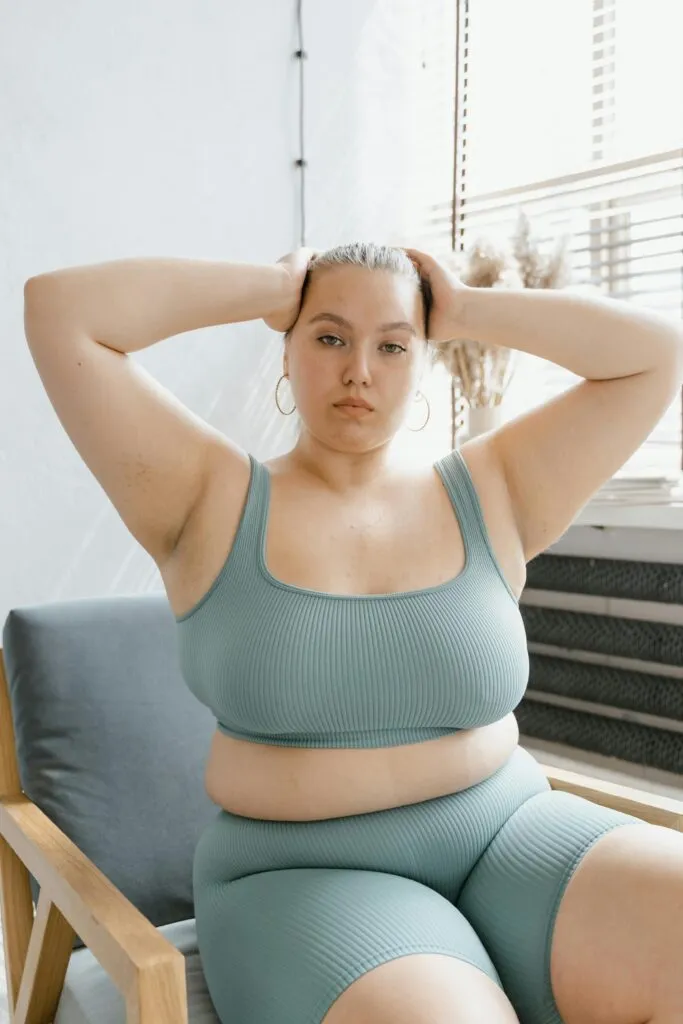The Rise and Relevance of Plus Size Fashion
For decades, fashion has been dominated by narrow standards of beauty that excluded a significant portion of the population. But times are changing. The rise of plus size fashion has brought about a revolution—one that celebrates diversity, embraces body positivity, and demands stylish, size-inclusive options.

This article explores the evolution of plus size fashion, the challenges it still faces, and how the industry is responding to a growing demand for inclusive design, visibility, and representation.
1. Understanding Plus Size Fashion
Plus size fashion refers to clothing made for individuals who wear sizes typically above a US size 14 (EU 44 or UK 16). This market is anything but niche:
- In the U.S., the average woman wears a size 16-18.
- Globally, millions of consumers are seeking stylish, flattering options in extended sizes.
Yet for years, this market was underrepresented in both retail and media.
2. From Margins to Mainstream
Thankfully, the fashion industry is beginning to recognize the importance of inclusivity. Key milestones in the plus size fashion movement include:
- The launch of plus-specific brands like Torrid and Eloquii.
- Size-inclusive lines from mainstream brands such as ASOS, H&M, and Nike.
- Plus size models gracing magazine covers (e.g., Ashley Graham on Vogue) and walking major runways.
These shifts represent not only marketing strategy but a cultural reckoning: style has no size limit.
What Else Would You Like to Know?
Choose below:
3. What the Plus Size Consumer Wants
The modern plus size shopper is savvy, stylish, and selective. They’re no longer satisfied with oversized basics or shapeless silhouettes. Instead, they want:
- Trendy, well-fitted clothing
- Bold colors and prints
- Options for all occasions (workwear, activewear, evening wear)
- Quality fabrics and construction
- Inclusive branding and advertising
The demand isn’t just for bigger sizes—it’s for fashion that respects their identity and lifestyle.
4. Barriers That Still Exist
Despite progress, challenges remain in the plus size space:
- Limited in-store availability of extended sizes
- Higher prices due to material and production costs
- Lack of representation in campaigns and fashion shows
- Stereotypes that equate larger bodies with laziness or lack of style
Many brands offer token options or poor fit due to improper sizing charts that don’t reflect real plus size bodies. True inclusivity requires designing with plus sizes in mind from the start, not just grading up smaller patterns.
5. Plus Size Men’s Fashion: Still Behind
While women’s plus size fashion has made strides, men’s fashion is lagging behind. Big and tall sections often lack variety, color, and style. The next frontier is addressing the fashion needs of plus size men who also want to express themselves through clothing without compromising comfort or dignity.
6. Social Media: A Catalyst for Change
Platforms like Instagram, TikTok, and YouTube have empowered plus size influencers to challenge the status quo. Content creators such as:
- Remi Bader (@remibader)
- Gabi Gregg (@gabifresh)
- Kellie Brown (@itsmekellieb)
…have helped create a new visual culture around plus size fashion—one filled with style tips, body positivity, and real-life inspiration.
User-generated content allows shoppers to see what outfits look like on real bodies, not just mannequins.
7. How Brands Can Do Better
Fashion brands have an opportunity—and a responsibility—to lead the charge in inclusivity. Here’s how:
- Offer full size ranges, not just online exclusives.
- Include plus size models in all advertising, not just special campaigns.
- Design for plus sizes from the ground up.
- Listen to customer feedback on fit, style, and availability.
- Train staff to create welcoming, nonjudgmental shopping environments.
Doing better is not just ethical—it’s profitable. Inclusive brands have access to a growing and loyal market.
8. The Emotional Impact of Representation
Fashion is personal. For many plus size individuals, finding clothes that fit and flatter can be transformative. Representation and availability send a powerful message:
“You belong here. You are seen. You deserve to feel good in your clothes.”
This emotional resonance creates brand loyalty that money can’t buy.
Conclusion: Fashion for Every Body
The plus size fashion movement is about more than larger clothes—it’s about dignity, expression, and inclusion. As the industry continues to evolve, it’s clear that size inclusivity is not a trend—it’s the future of fashion.
Brands that embrace this change will not only drive growth but also redefine beauty, confidence, and creativity for generations to come.
The Importance of Fashion in Human History: More Than Just Clothing
» See exclusive tips for your home







